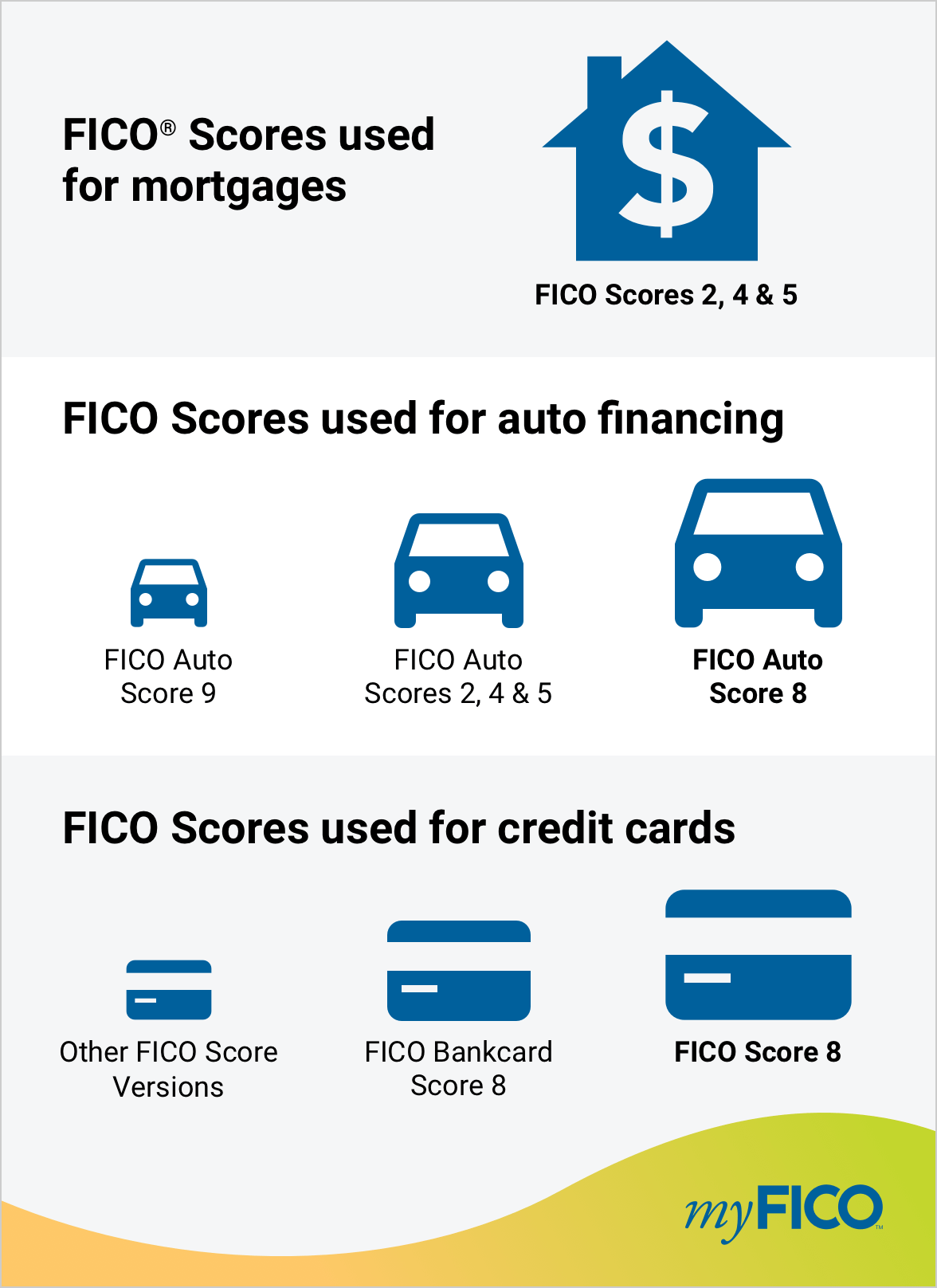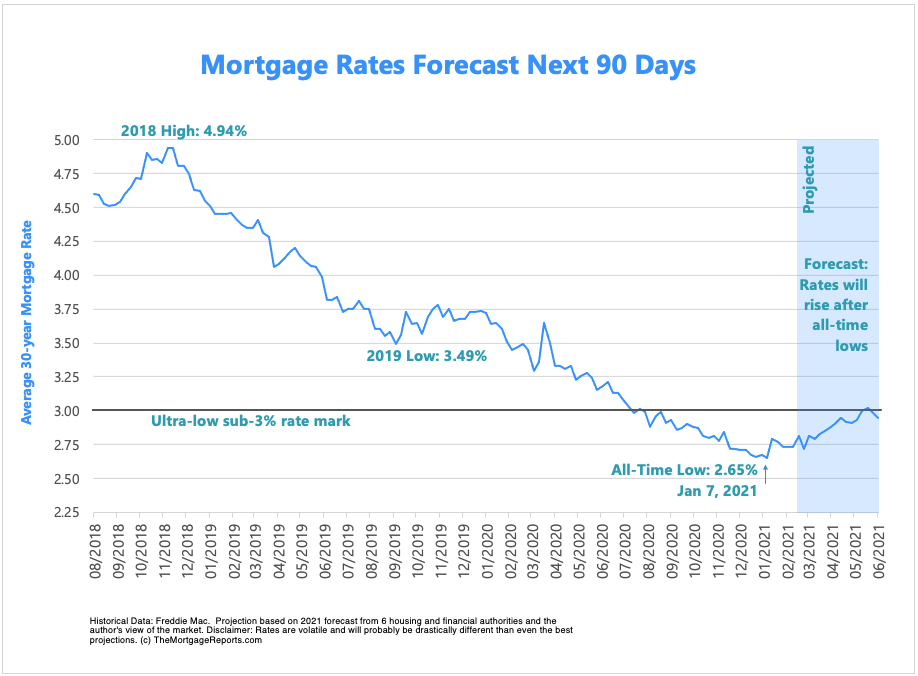Lenders determine your debt-to-income ratio by dividing your month-to-month financial obligation commitments by your pretax, or gross, earnings. Many loan providers search for a ratio of 36% or less, though there are exceptions, which we'll enter into below." Debt-to-income ratio is calculated by dividing your regular monthly financial obligations by your pretax earnings." DTI sometimes neglects monthly expenses such as food, energies, transportation expenses and health insurance coverage, to name a few; loan providers may rule out these expenses and might authorize you to borrow more than you're comfortable paying.
You'll want the lowest DTI possible not simply to qualify with the very best home mortgage loan providers and buy the home you desire, but also to guarantee you have the ability to pay your financial obligations and live easily at the very same time. Likewise referred to as a family ratio, front-end DTI is the dollar amount of your home-related costs your future monthly home loan payment, real estate tax, insurance and property owners association costs divided by your month-to-month gross income.
Back-end ratios tend to be somewhat greater, since they consider all of your month-to-month financial obligation commitments. Which DTI ratio matters more?While mortgage lenders normally take a look at both types of DTI, the back-end ratio often holds more sway due to the fact that it takes into consideration your whole debt load. Lenders tend to concentrate on the back-end ratio for traditional mortgages loans that are provided by banks or online mortgage lenders rather than through government-backed programs.
If your back-end DTI is below 36%, that's even much better. When you're requesting government-backed mortgages, like an FHA loan, loan providers will look at both ratios and might think about DTIs that are greater than those required for a conventional home loan: up to 50% for the back-end ratio. Preferably, though, you'll want to keep your DTIs as low as possible, no matter loan providers' limits.
Although DTIs are very important when getting a home mortgage, they're inadequate when it pertains to assisting you figure out what you can afford, says Ira Rheingold, executive director of the National Association of Consumer Supporters." You can have these basic guidelines around debt-to-income ratio," he says, "however the larger question maui timeshare resales is, will you, when you have that home loan payment, have sufficient money to make ends meet?" Considering that DTIs do not take into consideration expenditures such as food, health insurance coverage, energies, gas and entertainment, you'll wish to spending plan beyond what your DTI labels as "budget-friendly" for you.
This is especially important considering that DTIs count your income before taxes, not what you really take house every month. The greater your DTI, the more most likely you are to have problem with getting approved for a home loan and making your regular monthly mortgage payments. There are numerous ways to reduce your debt-to-income ratio: Don't make any big purchases on credit Learn more here prior to you purchase a house.
While a pay raise at work is another way to decrease your DTI, it may not be possible to get one rapidly. That's why it's better to avoid handling more financial obligation and work on trimming the debt you have. In many cases, lenders won't consist of installment debts like cars and truck or trainee loan payments as part of your DTI if you have just a few months left to pay them off.

More About Which Banks Are Best For Poor Credit Mortgages
He recommends getting your finances in order so that you present yourself as somebody with great credit and not a lot of financial obligation. Before you take a seat with a loan provider, using a home loan calculator is one way to find out a reasonable home loan payment for you. The lower your debt-to-income ratio, the safer you are to loan providers and the much better your finances will be.
The household-owned value of the US housing market is at an all-time high of $26. 12 trillionsignificantly higher than the pre-crisis peak of $22. 68 trillion in 2006. Real estate equity and non-HELOC (home equity line of credit) mortgage financial obligation outstanding are likewise at historic highs. At the exact same time, the share of property owners with a home mortgage, at 62.
Why has this taken place? What takes place next? And what does it all indicate? That $26. 12 trillion in overall housing value is made up of 2 components: $10. 36 trillion in impressive home mortgage debt (consisting of house equity lines of credit) and $15. 76 trillion in Check out the post right here house equity (the difference in between household-owned realty and home loan debt).
3 percent in 2009 to 39 - percentage of applicants who are denied mortgages by income level and race. 6 percent in the very first quarter of 2019. In contrast, real estate equity as a share of aggregate home values has grown from 36. 7 percent to 60. 4 percent over this same period. What explains the lower mortgage financial obligation relative to realty values? Initially, house equity lines of credit are less common than in years past.
Although the exceptional amount of home loans leaving out home equity lines of credit exceeded its pre-recession peak in the second quarter of 2019, relative to home worths, it sat at roughly 35. 4 percent in the very first quarter of 2019, well listed below its 2009 high of an estimated 54. 7 percent.
The share of homeowners with a home loan decreased progressively between 2008 and 2017, from 68. 4 to 62. 9 percentthe lowest level considering that a minimum of 2005. Alternatively, the share of owner-occupied families without any home mortgage has actually reached 37. 1 percent over the same nine-year period. Why this happened: The shifting structure of owner-occupied families with and without a home loan owes to several reasons, consisting of the surge in all-cash sales in the years instantly following the economic downturn, homes' focus on financial obligation reduction, and home loan credit conditions that remain tight.
Older families are much more most likely than younger households to have actually paid off their home mortgage. Though the share of elderly people with a mortgage has increased gradually in time (figure 2), to 38 percent in 2017 for those ages 65 and older, this share is well listed below 80 percent for those ages 35 to 54.
The Single Strategy To Use For How Many Mortgages To Apply For
Whether the share of owner-occupied households with a home mortgage continues to reduce will depend upon the interplay in between the following factors: the rate at which young, novice property buyers purchase homes (which depends upon the other products in this list) real estate price credit availability the strength of the economy including the task market To a lower degree, it will likewise depend upon the number of elderly homes have a home mortgage.
If brand-new and younger buyers increasingly utilize cash instead of home loans to purchase their homes, competitors among loan providers will increase, which, in turn, may assist alleviate the restrictive credit requirements in place today - what are cpm payments with regards to fixed mortgages rates. Nevertheless, the potential remedy for still-tight credit standards may have a small effect on homeownership given the restricted supply of inventory for sale in much of nation.

By increasingly paying off their home loans and transforming their whole house value into equity, existing homeowners produce a cushion for emergencies and retirement. However, the growth in the share of property owners ages 65 and older with a home loan bears viewing as it might represent an emerging danger to the mortgage market.
Low mortgage rates have actually helped press U.S. mortgage financial obligation to the highest level ever. In the 2nd quarter of 2019, Americans' home mortgage balances amounted to $9. 4 trillion, $162 billion more than the previous quarter, according to information released Tuesday by the Federal Reserve Bank of New York. This surpassed the previous peak of $9.